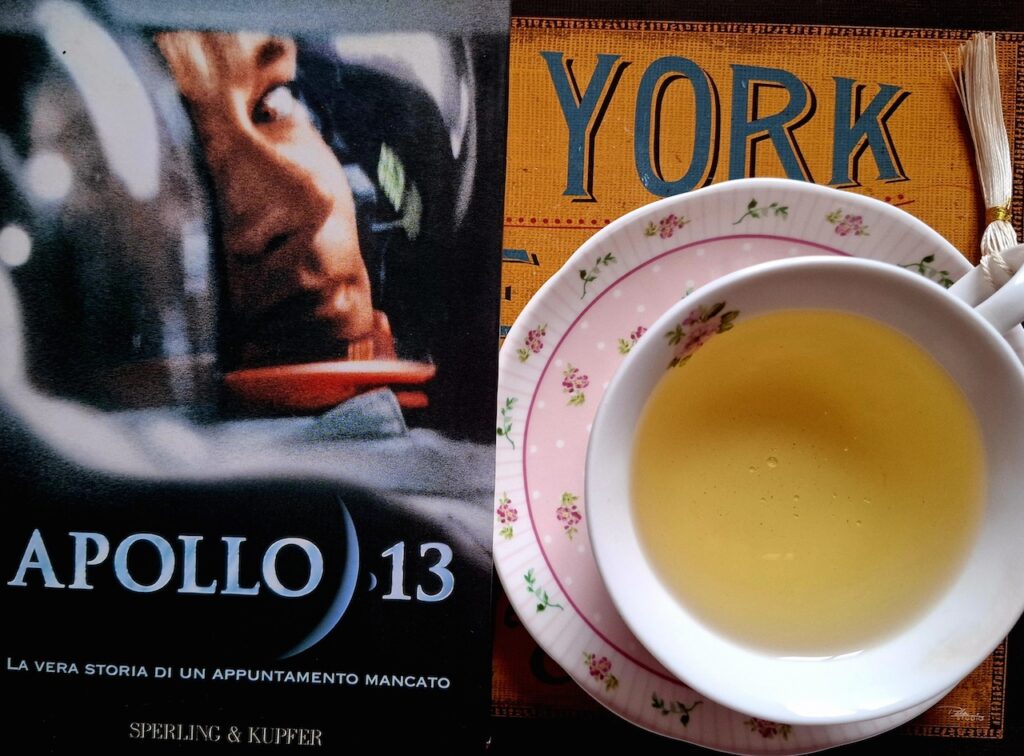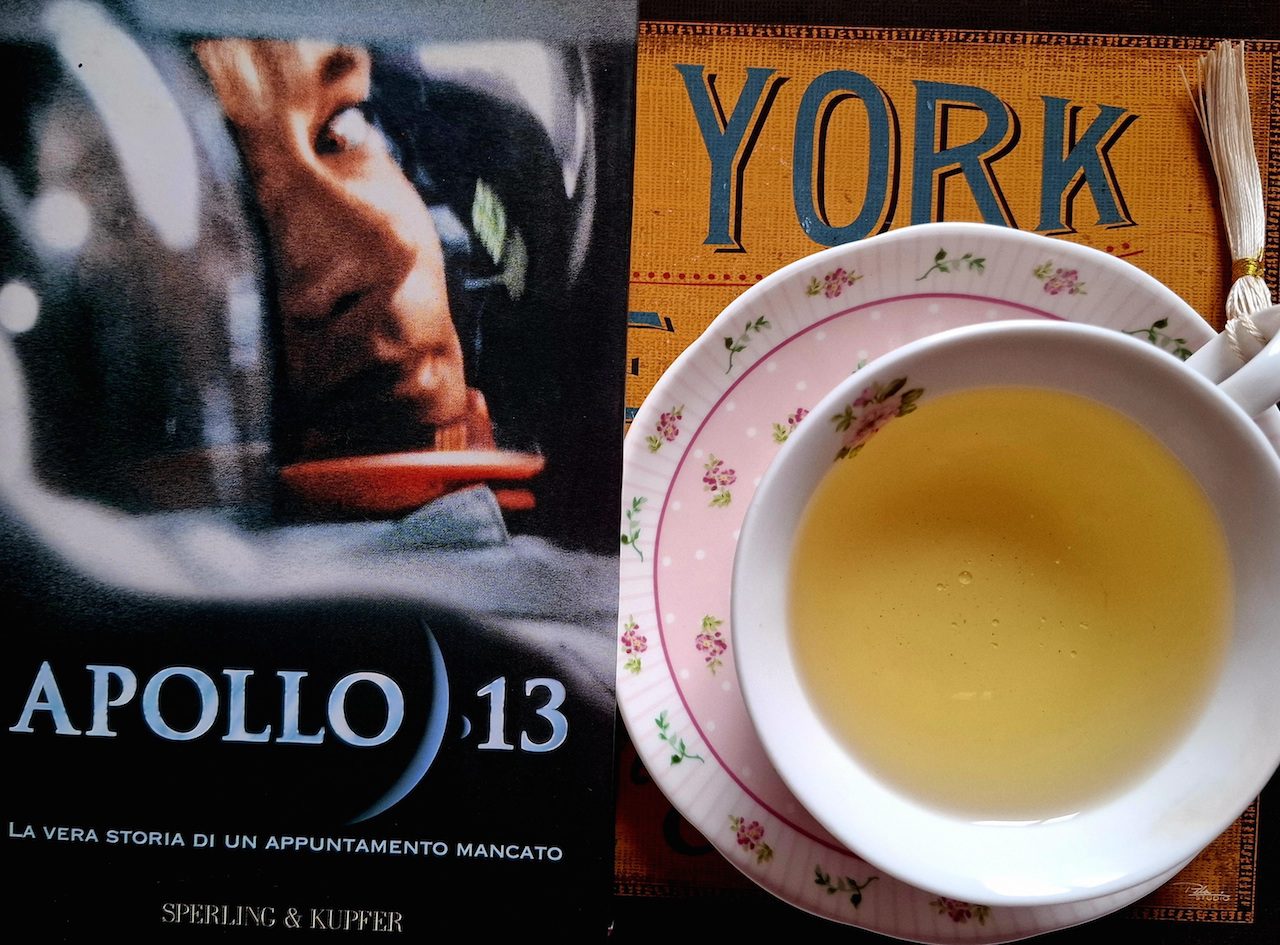Un’altra mia passione, lo spazio, le stelle con le sue costellazioni, le colorate galassie e i meravigliosi pianeti, un mondo così misterioso e affascinante.
Anni fa ricevetti una foto dettagliata della Luna da una persona appassionata di astronomia, con le sue montagne di sabbia grigia e i suoi crateri, deve essere bellissima da vedere da vicino, penso chiunque vorrebbe sapere cosa si prova a calpestare quel suolo luminoso, che vediamo ogni sera alzando gli occhi al cielo.
La Luna che in un ciclo di 28 giorni cambia volto ogni 7 da calante a nuova, da crescente a piena. Simbolo dell’archetipo femminile degli arcani maggiori e dell’intuito per eccellenza, mutevole ci accompagna nei sogni e come ogni donna il suo ciclo è di 28. Persino il tè nelle piantagioni viene raccolto ogni 7 dì e il ciclo si ripete ancora fino ad arrivare ancora a 28 giorni.
Nei culti pagani la Luna veniva venerata e i contadini usavano ascoltare le fasi della luna prima di effettuare semina, trapianto e raccolto.
Era il 1986 quando lo Space Shuttle Challenger esplose lasciandomi un vuoto dentro, seppur avessi solo 11 anni. Ricordo di aver ritagliato tutti gli articoli di giornale e di aver portato una ricerca a scuola. La stessa sensazione che ebbi durante la caduta delle Torri Gemelle dell’11 settembre 2001.
Poco meno di 10 anni dopo usciva il film “Apollo 13” diretto da Ron Howard, un regista che ammiro molto e con un cast eccezionale: Tom Hanks, Kevin Bacon, Bill Paxton, Gary Sinise e Ed Harris.
La passione per il cinema mi ha fatto vedere e rivedere questo film molte volte nel corso degli anni fino a ricordarne molto bene ancora alcune battute.
Non dimentichiamo che già nel 1968 Stanley Kubrik fu il precursore di questo genere di pellicola con “2001 Odissea nello Spazio”, con la capacità di trasmettere la reale sensazione di essere in un’altra atmosfera spazio-temporale, il tutto accompagnato da una perfetta colonna sonora che ha fatto la storia.
La storia dell’Apollo 13 mi ha molto affascinato e anche il romanzo scritto dal giornalista Jeffrey Kluger, assieme al protagonista Jim Lovell, racconta nei minimi dettagli i fatti accaduti in quei giorni e di come l’equipaggio sia stato riportato a casa. Di recente ho visto anche il documentario di Netflix che mi ha particolarmente colpito.
Ho reperito questo testo in una bellissima edizione in una bancarella, ogni tanto mi piace addentrarmi nei mercatini vintage per trovare qualcosa che fa accendere la mia parte nostalgica.
La biografia di Jim Lovell dall’adolescenza alla carriera militare fino al suo volo nello spazio. Interessante che il tè compaia anche come momento di corteggiamento tra i cadetti e le ragazze, tra cui Marilyn che diventerà la moglie di Jim, a cui lui dedicherà un monte sulla Luna.
Furono molti i “rumors” sul numero 13, ed effettivamente seppur fu una missione molto complicata l’equipaggio riuscì a tornare sano e salvo. Sul numero 13 non sono mai stata personalmente superstiziosa anche se rappresenta spesso “l’arcano senza nome”. Possiamo semplicemente pensare che l’Apollo 13 non era destinato ad atterrare sulla Luna, ma ad affrontare una sfida ben più grande.
Già all’inizio del libro il prototipo dell’Apollo “si era frantumato come una tazza da tè, quando i tecnici avevano provato ad accenderlo”.
L’Apollo 13 avrebbe potuto fare la stessa fine se la collaborazione tra l’equipaggio e gli ingegnieri della NASA non fosse stato costante, a dimostrare che la resilienza e la capacità di problem solving è ciò che ci occorre per imparare a fronteggiare anche le situazioni più disperate, ma soprattutto l’aiuto incondizionato delle altre persone, con le loro immense potenzialità.

“Apollo 13 – La vera storia di un appuntamento mancato” di Jim Lovell & Jeffrey Kluger edizioni Sperling & Kupfer – Photo@Veru
Apollo 13 could have exploded like a teacup

Another passion of mine, space, the stars with its constellations, the colorful galaxies and the wonderful planets, such a mysterious and fascinating world.
Years ago I received a detailed photo of the Moon from a person passionate about astronomy, with its mountains of gray sand and its craters, it must be beautiful to see up close, I think anyone would like to know what it feels like to step on that luminous soil, which we see every evening by raising our eyes to the sky.
The Moon that in a cycle of 28 days changes face every 7 days from waning to new, from waxing to full. Symbol of the feminine archetype of the major arcana and of intuition par excellence, changeable it accompanies us in dreams and like every woman its cycle is 28. Even tea in the plantations is harvested every 7 days and the cycle repeats itself again until it reaches 28 days again.
In pagan cults the Moon was worshiped and farmers used to listen to the phases of the Moon before sowing, transplanting and harvesting.
It was 1986 when the Space Shuttle Challenger exploded leaving me with an emptiness inside, even though I was only 11 years old. I remember cutting out all the newspaper articles and bringing a research paper to school. The same feeling I had during the fall of the Twin Towers on September 11, 2001.
A little less than 10 years later the film “Apollo 13” was released, directed by Ron Howard, a director I admire a lot and with an exceptional cast: Tom Hanks, Kevin Bacon, Bill Paxton, Gary Sinise and Ed Harris.
My passion for cinema made me watch and rewatch this film many times over the years until I still remember some of its lines very well.
Let’s not forget that already in 1968 Stanley Kubrik was the precursor of this kind of film with “2001: A Space Odyssey”, with the ability to convey the real sensation of being in another space-time atmosphere, all accompanied by a perfect soundtrack that made history.
The story of Apollo 13 fascinated me a lot and also the novel written by the journalist Jeffrey Kluger, together with the protagonist Jim Lovell, tells in great detail the events that happened in those days and how the crew was brought home. I also recently saw the Netflix documentary which particularly struck me.
I found this text in a beautiful edition at a stall, every now and then I like to delve into vintage markets to find something that ignites my nostalgic side.
Jim Lovell’s biography from adolescence to his military career to his flight into space. Interesting that tea also appears as a moment of courtship between the cadets and the girls, including Marylin who will become Jim’s wife, to whom he will dedicate a mountain on the Moon.
There were many “rumors” about the number 13, and indeed even though it was a very complicated mission the crew managed to return home safe and sound. I have never personally been superstitious about the number 13 even if it often represents “the nameless mystery”. We can simply think that Apollo 13 was not destined to land on the Moon, but to face a much greater challenge.
Already at the beginning of the book, the Apollo prototype “had shattered like a teacup, when the technicians had tried to turn it on”.
Apollo 13 could have met the same fate if the collaboration between the crew and NASA engineers had not been constant, to demonstrate that resilience and problem solving ability is what we need to learn to face even the most desperate situations, but above all the unconditional help of other people, with their immense potential.



No responses yet